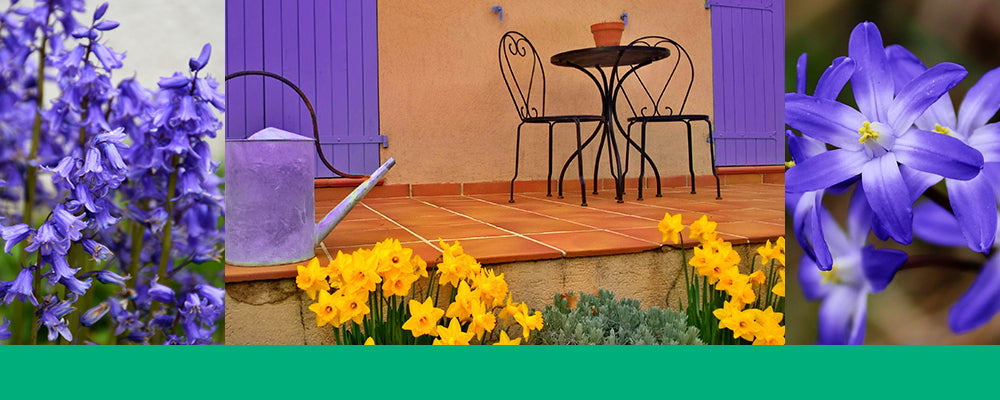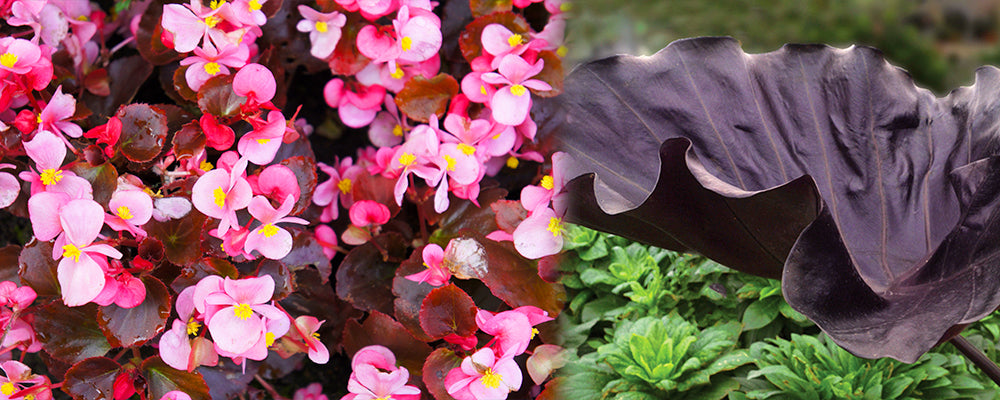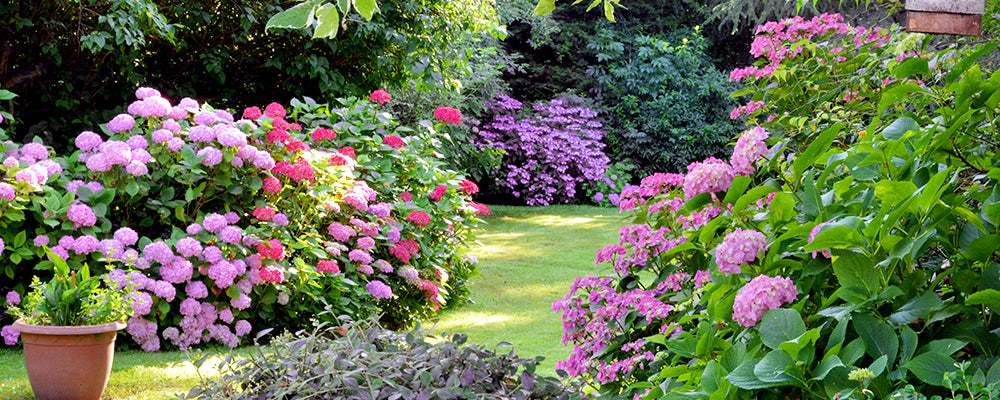What is Color Echo?
Posted by Brent & Becky's Admin on


Color echoes are where the color of one plant repeats or echoes a similar color in a different plant. They create a sense of harmony in your garden and bring out contrasts that weren't previously visible. Subtle or bold, they can play upon everything from shrubs, perennials, annuals, leaves, bark, petals, and of course—bulbs! By simply repeating colors, you can turn your flowers from stand-alone paint brushes into a technicolor landscape portrait.
Color Echoes 101
If you're a gardener, you've likely thought about color combinations. Growing a Bluebell next to a Buttercup will give you a wonderful contrast of indigo and yellow. Placing a yellow Tulip beside the Buttercup would enhance the burst of yellow. But if you repeated that color with the Daffodil across the yard, you've created an echo! Your flowers cease to be solo performers and begin to form a "band."
Floral Echoes
The petals of a flower are the most prominent instrument of repetition. Strong colors can provide accents that link to each other throughout the yard. Softer hues play supporting roles, providing a chorus throughout the background. Pistils, stamens, and petals can all echo color, too. The dark stamens of a Tiger Lily can play with the petals of a burgundy Poppy. In fact, the stamens may not be noticeable at all until you match them with a similarly-colored flower! Then, all of a sudden, you've enhanced the richness of the Lily, making both the petals and stamens visible as it tunes in with the colors beside it.

Foliage Chimes
Colorful leaves may form patterns through your landscape as well. The purple foliage of a Diamond Head Colocasia can pair up with a bronze-leafed Begonia nearby. Feel free to mix and match: flower petals can chime with another plant's leaves, too. Stems, berries, bark, and seed heads are also players in the song. Sometimes a harmony happens by good luck, like when dogwood drops its leaves in the fall, and the red twigs suddenly reflect the berries of the mountain ash.
Texture Harmonies
Echoes should not be reserved for color alone. The nodding blossoms of a Leucojum may mirror the nodding flowers of a Hyacinthoides, even though they display different colors. A star-shaped Scilla may make a melody with the starry Chionodoxa across the path. Repeated blossom shapes, leaf textures, or bark roughness can all create subtle music throughout your garden.

Single Color Orchestras
Do you have a special love of pink? Or a fondness for all things yellow? Monochromatic color schemes can echo each other, too, rather than just forming a uniform blanket. You can show off your love of pink with different textures, or expand your range of yellow with various shades. A bi-color bloom, like an Amaryllis, can carry the dominant color throughout the garden in one of its hues, while adding another pop of color for added interest.

Hardscape Colors
Don't forget about your chairs, gates, fences, and trellises! A painted chair or fence can extend your flowers' beauty through the permanent fixtures of your landscape. A harmonized garden and hardscape is often a characteristic of the most incredible places.
How do you choose the right colors? We could go into a long discussion about that. Please feel free to contact us for recommendations! The bottom line is to select the colors that you love and the combinations that appeal to you. Unlike a painting, you can always shift bulbs from year-to-year to experiment with new colors. With enough echoes, your garden will soon be singing!
Share this post
- Tags: blooming, Brent and Becky's, brent and becky's blog, bulbs, color use, design, flower arrangement design, flower arrangements, flower design, flowers, garden, garden color design, garden decor, gardening, gardening tips, grow, home decor, landscape, landscape design, landscaping, planting, planting bulbs, plants


